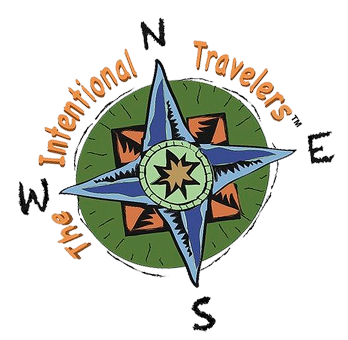
It is the most popular fish on American menus and one of the most farmed fish in the world next to tilapia. Everyone’s familiar with the scenes of salmon running up streams and jumping waterfalls to return to the place they hatched in order to spawn. Though it varies among the five species of Pacific salmon, its life cycle, in its simplest form, is hatch, migrate, return, spawn, die.
Every year throughout the Summer these five species of salmon fill the rivers and streams of Alaska, returning to spawn and die. To take advantage of this abundance, fishing fleets have set to sea and nets have been set in rivers all over the world to catch these returning salmon. The biggest problem with these is that many fish are caught before they can spawn. Congress originally funded salmon hatcheries in the 1950’s in an effort to overcome the added problem created by hydro-electric dams preventing the salmon from returning upstream.


These fish hatcheries were designed to capture and fertilize salmon eggs, raise the fry, release them from the hatchery to migrate where they will eventually return to start the cycle again. A system that is much more efficient than fish farming.
Today in Juneau, the Macaulay Salmon Hatchery collects, incubates, rears, and releases three species of Pacific salmon – chum, Chinook, and coho. At the Macaulay Hatchery, around one hundred thousand visitors a year watch an unforgettable and easily accessible miracle – the entire life cycle of salmon which includes five to ten million fish returning here to spawn.
In 2021 the Macaulay Salmon Hatchery reported that they released 135,000,000 Chum salmon, 1,250,000 Chinook salmon, 1,500,000 Coho salmon and 50,000 Rainbow trout into the wild.






The Visitor Center offers a unique number of attractions. In May through September, they’re open every day a cruise ship is in port. Spend time in the outdoor hatchery while a local guide shares with you the life cycle of Pacific salmon and the workings of this amazing hatchery. Inside, view salt water aquariums displaying over 150 species of marine life, including touch-tank aquariums. A truly remarkable experience for the whole family!
